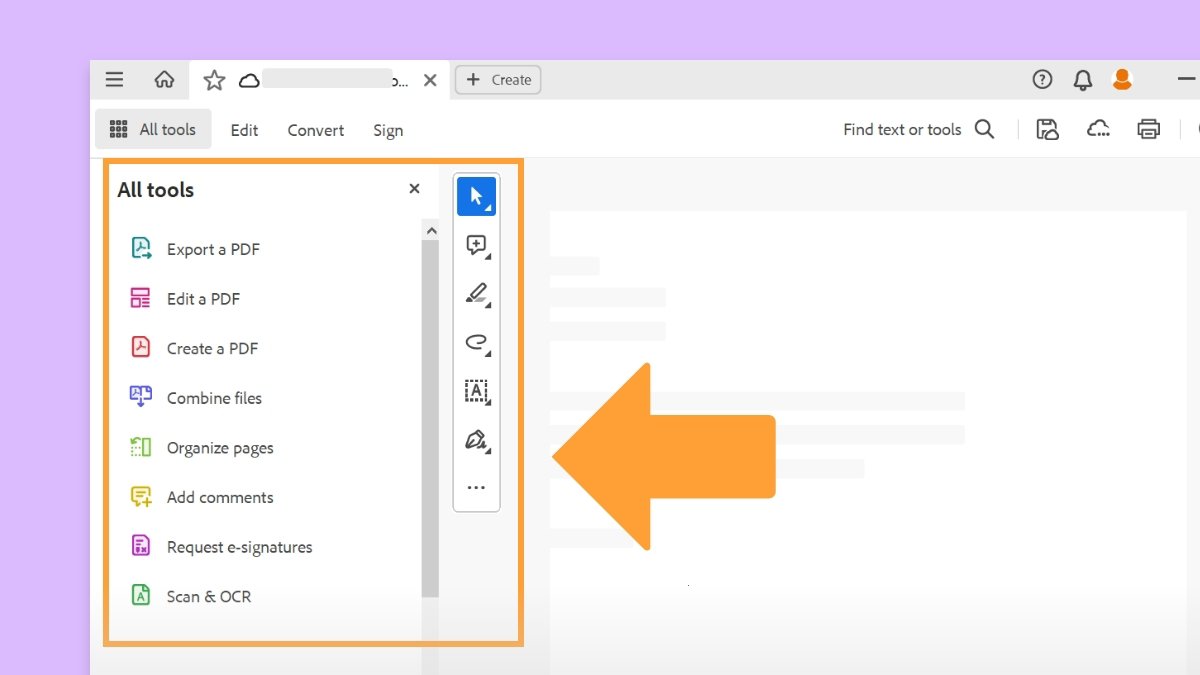Before you begin
We're rolling out a new, more intuitive product experience. If the screen shown here doesn’t match your product interface, select help for your current experience.
Learn how to add comments to the 3D designs in PDFs using Adobe Acrobat's different commenting tools.
Before you begin
We're rolling out a new, more intuitive product experience. If the screen shown here doesn’t match your product interface, select help for your current experience.


Comments added to a 3D model are associated with specific views that are defined when the comments are added. If the view is changed, for example, if you rotate or move the 3D object, the comments won't be visible anymore.
Following are the three ways to add comments to a 3D model in PDF:
Adding comments to 3D model views requires version 7.0.7 or later of Acrobat or Reader.


If you don’t want to associate a comment with a 3D view, add the comment outside the 3D object area.
The 3D comment tool is used to add measurements of different parts of a 3D model. These comments are linked to those specific parts. Adding 3D comments creates a new view called 3D Comment View, and are listed as components in the Model Tree. You can edit and remove 3D comments the same way as measurements.
Select the Add 3D Comment option on the 3D toolbar.
If the Add 3D Comment option isn't visible in the toolbar, right-click on the 3D model, and then select Tools > Add 3D Comment. You can also expand the default 3D toolbar, by right-clicking on the 3D model, and then selecting Tools > Expand 3D Tools.
Select the part from the 3D model where you want to add a 3D comment.
In the Enter Comment String dialog box, add your comment.
When you add comments by using the comment toolset, a new view is created in the Model Tree called CommentView.
Adobe Reader users can only add comments to a PDF if the document author enables commenting for that PDF.
Go to All tools > Add comments.


The comment toolset is displayed in the Quick action toolbar.
Select the Add a comment from the Quick action toolbar.
Select the 3D model area where you want to add the comment. Your comment is added.
A new view definition is also created in the Model Tree with a default name such as “CommentView1.”
To create an additional comment in a view, make sure that the commenting view you want is selected in the Model Tree. Then, select the 3D model area.
To create an additional comment in a new commenting view, make sure that no commenting view is selected in the Model Tree. Then, select the 3D model area.
If you delete one of these auto-generated commenting views, the associated comments are still available. You can view and select them in the Comments panel on the upper right of the screen or in the Model Tree, where they are listed under the views. Selecting a comment switches the 3D model to the same viewing configuration it had when the comment was added.
Individual measurements can be converted to comments so that they can be reviewed and annotated like the usual comments.


The measurement view is available only when you have added measurements by using the 3D Measurement Tool ![]() .
.
Right-click a measurement name, and then select Convert To Comment.


To display comment on a 3D model, try one of the following:
In the Model Tree, select a view that contains comments.
Select All tools > Add comments, the comments are displayed in the comment list in the right pane.
In the View pane of the Model Tree, select Options > List Comments.


Repeat steps 1 and 2 to check other comments associated with other views.
Selecting a comment displays the 3D model in the same view as when the comment was added.
Work smarter with Acrobat on your desktop
Create, edit, and organize PDFs with powerful tools that help you stay productive anywhere.